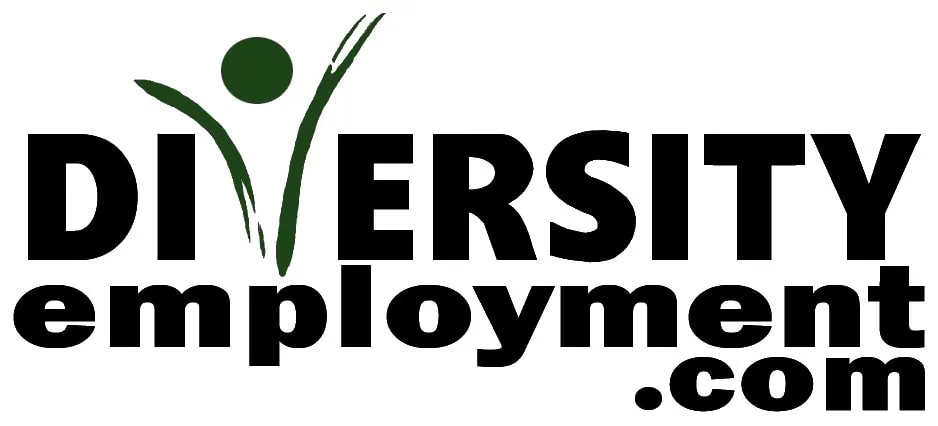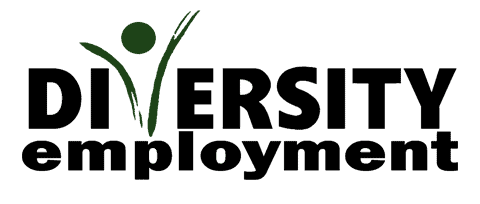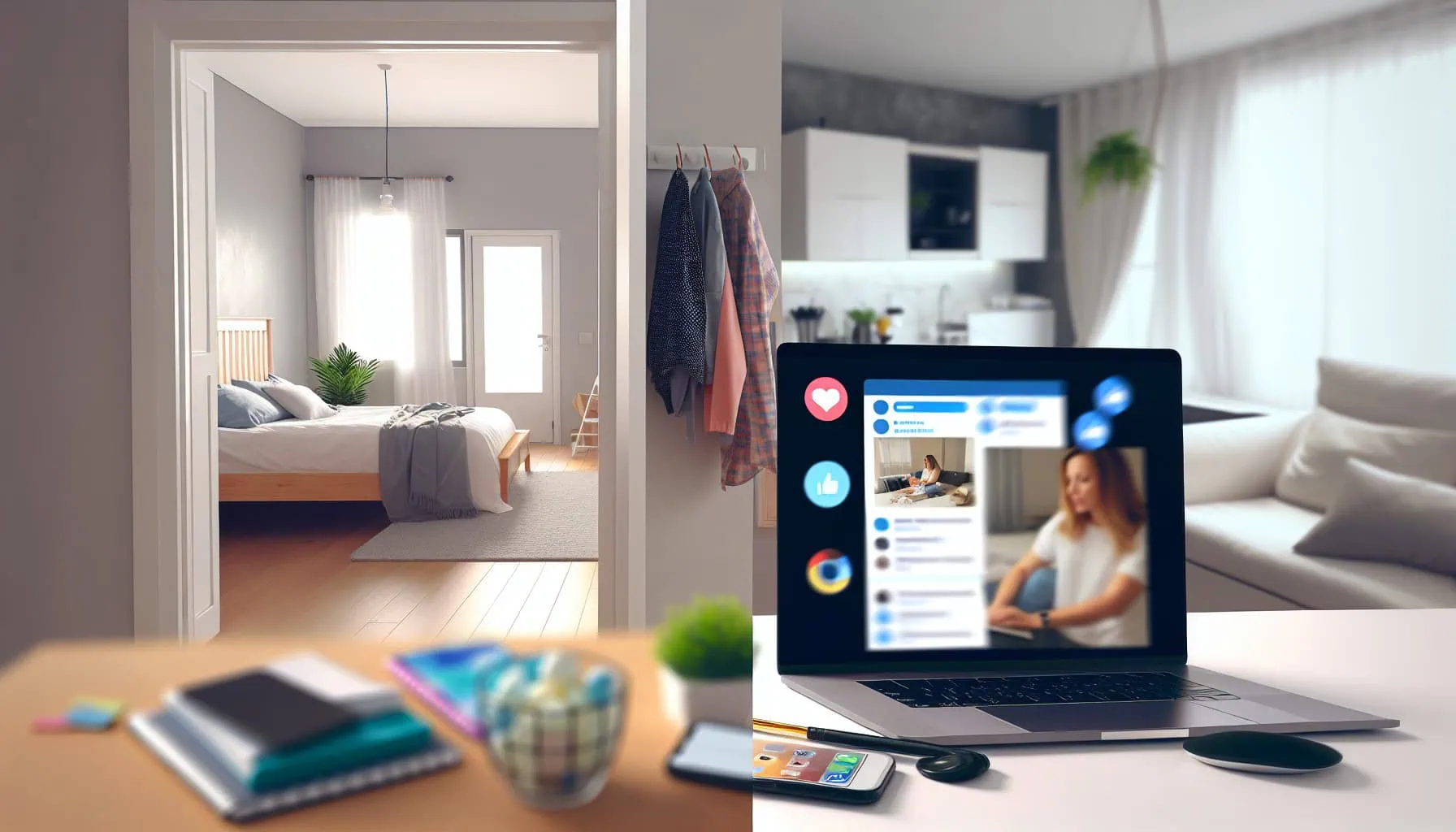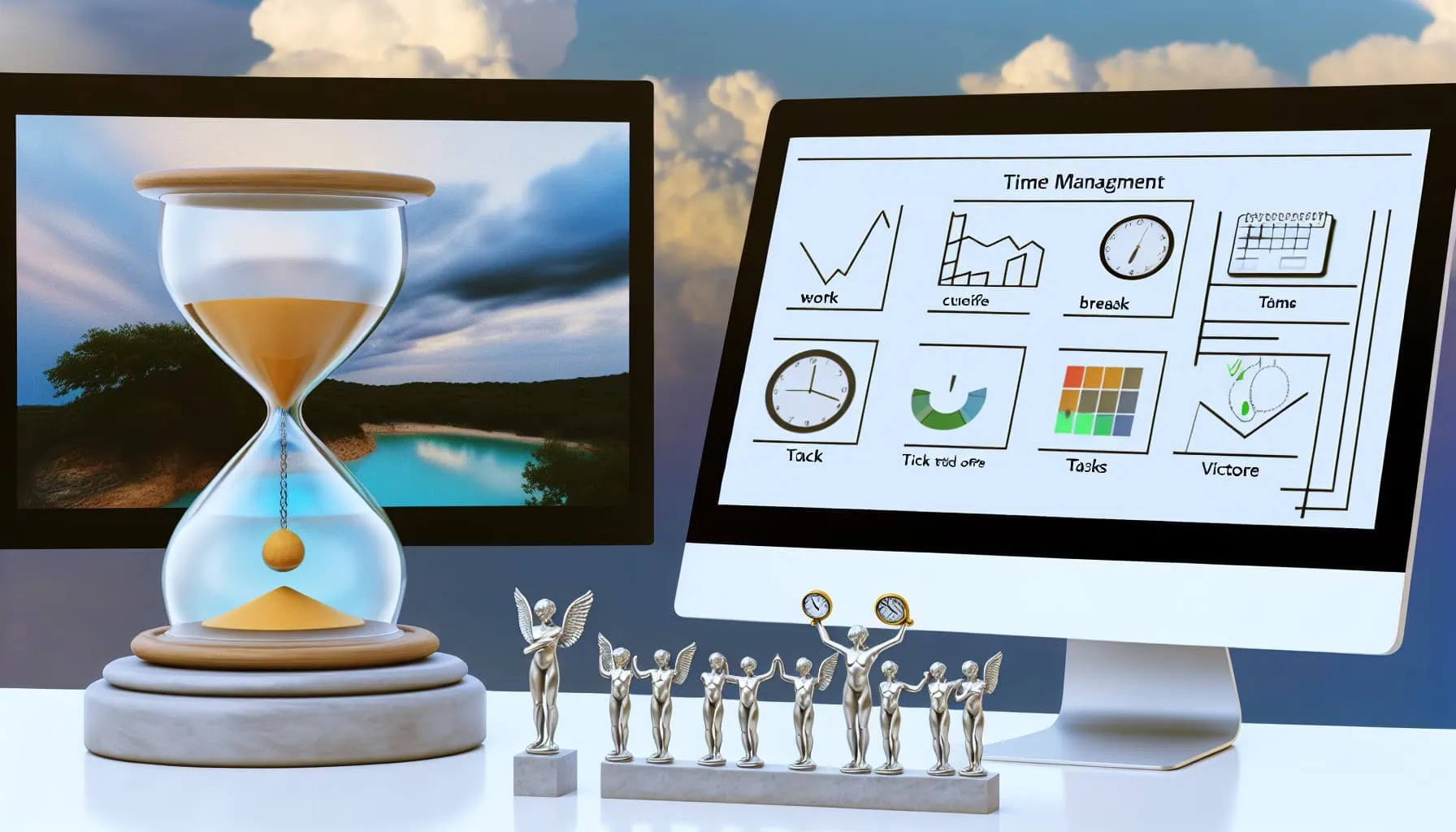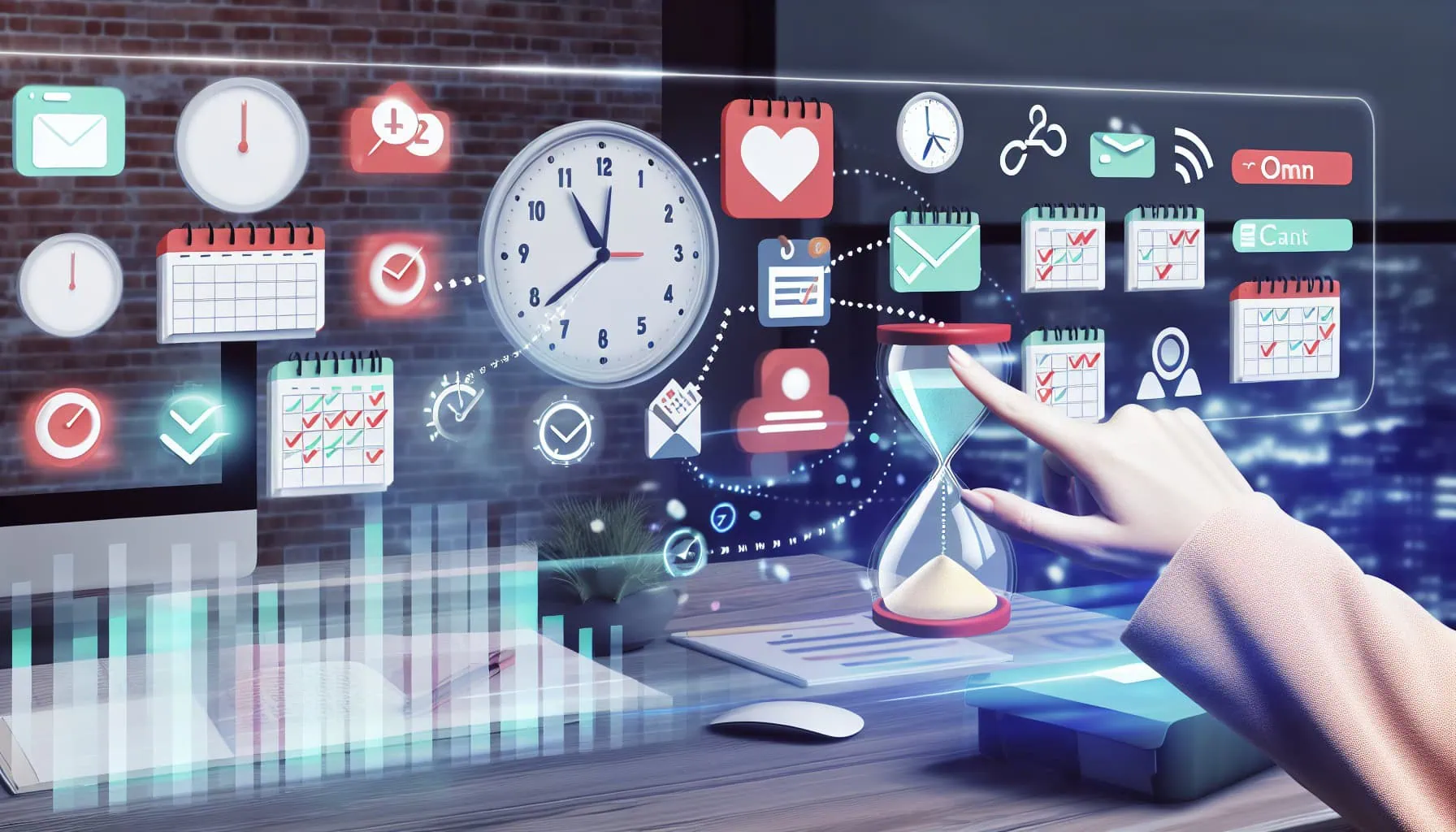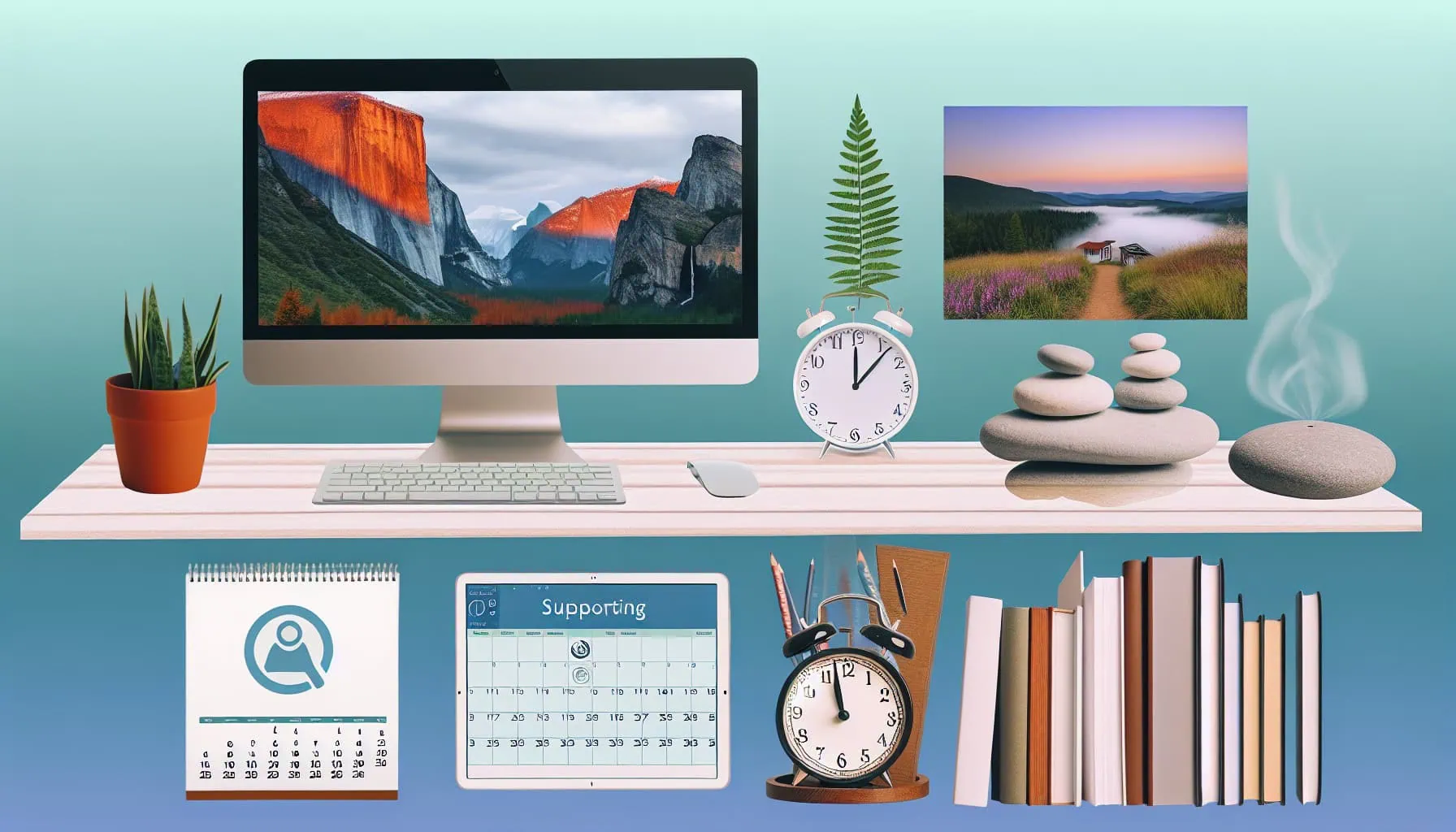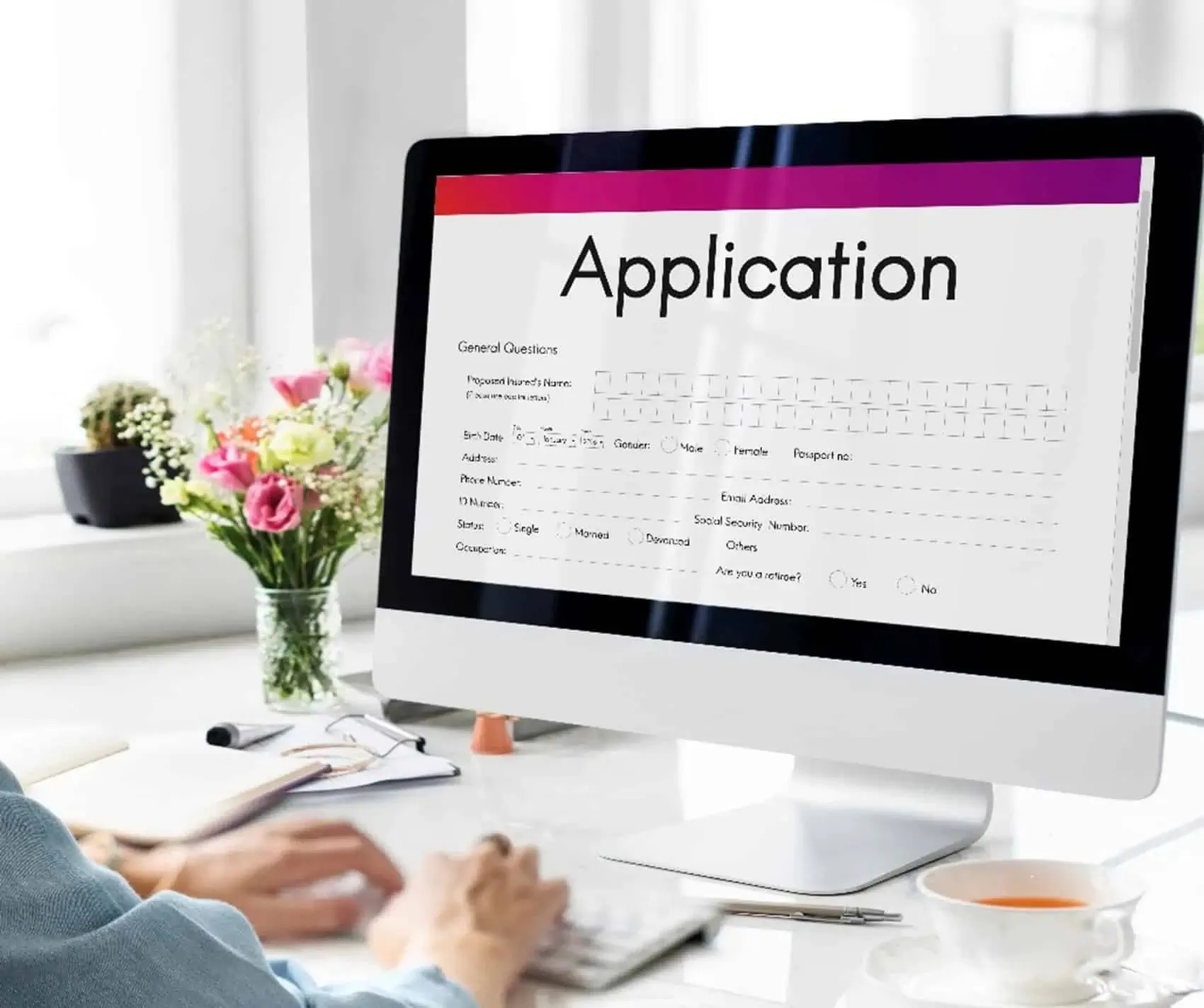
Managing Distractions and Time Management: Staying Focused and Productive in a Remote Environment
Introduction
Welcome to the remote work era, where the dream of working from anywhere can be a reality. This represents an opportunity for entry-level job seekers and professionals seeking a shift. Yet, with freedom comes responsibility—managing your own time, workspace, and, above all, distractions. The shift to remote work, while offering flexibility and freedom, also brings challenges that can impact productivity and work-life balance.
This guide will delve deep into remote work distraction management strategies. You’ll discover practical tips for time management, creating a focused workspace, leveraging technology to stay on track, and maintaining a healthy balance between work and life. Whether you’re a seasoned remote worker or just starting, this guide is crafted to help you navigate the challenges and maximize your potential in a remote setting.
So, let’s begin this journey together. Prepare to unlock the secret to becoming a focused, productive, balanced remote professional. Your remote work success story starts here.
The Real Challenge of Remote Work
Remote work seems like a dream until the reality of distractions kicks in. At home, work time often gets invaded by chores, family, and the temptations of the web. The line between personal and professional life blurs. Suddenly, staying focused becomes a battle.
Common Distractions at Home
Let’s face it: working from home brings a unique set of distractions:
- The endless allure of social media.
- Household chores seem to multiply.
- Family members or roommates share the space.
- That cozy bed is calling your name for “a five-minute break.”
The first step to overcoming these distractions is recognizing them. Then, it’s time for action. This involves applying strategies that keep you focused and productive in a remote environment. The U.S. Department of Labor also offers resources like the Telework Guidance, helping employers and employees navigate remote work’s hurdles with legal and organizational strategies. Managing distractions isn’t just about willpower; it’s about creating a conducive environment for focused, productive work. Let’s dive into how you can build this environment and reclaim control over your remote workday.
The Basics of Time Management in Remote Work
Remote work distraction management turns the sprawling chaos of a work-from-home day into a series of victories. It’s not just about ticking off tasks—it’s about smartly prioritizing your day for peak efficiency.
Start with a Plan
Every productive day begins the night before. Sketch out your tasks, aligning them with your high-energy periods. Are you a morning person? Tackle the big tasks first thing. Night owl? Save your heavy lifting for later.
Embrace Structure
Remote work lacks the built-in structure of an office. Create your own by:
- Setting specific work hours—and sticking to them.
- Planning breaks to avoid burnout. Short, frequent breaks are essential.
- Using online calendars and task managers to keep track of deadlines and meetings.
Employers can play a crucial role here by facilitating regular check-ins and providing access to time management tools. For a deeper dive into effective planning, Harvard Business Review’s article on managing big projects during overwhelming times offers invaluable insights. Mastering time management in remote work isn’t just about being productive; it’s about ensuring a healthy work-life balance and staying mentally and emotionally fit. Next, we’ll explore specific strategies to manage distractions and maintain focus.
Strategies to Overcome Distractions
Managing distractions effectively in a remote environment requires willpower and strategy. It’s all about finding what works for you. Here are some tested techniques to enhance your focus and productivity, no matter where you work.
Limit Digital Distractions
Firstly, tackle the big one: digital noise. Social media, emails, and instant messages can derail your focus. Here’s how to take control:
- Turn off non-essential notifications during work hours.
- Allocate specific times to check emails or messages.
- Use apps that limit your time on distracting websites.
Next, structure your day for success.
Structured Schedule
Secondly, a well-planned schedule brings order to chaos. Here’s what you do:
- Break your work into chunks. Small tasks feel more manageable.
- Use the Pomodoro technique—short bursts of work followed by breaks. It keeps the mind fresh.
- Set firm start and end times for work to maintain a healthy balance.
Then, fine-tune your work environment.
Optimize Your Workspace
Finally, your work area can majorly impact your focus. Ensure it’s:
- Quiet and free of interruptions.
- Equipped with everything you need. This minimizes the need to get up often.
- Inspiring or calming, depending on your preference.
Additionally, engage in regular check-ins with your team. This not only keeps you accountable but also connected.
By adopting these strategies, managing distractions effectively becomes second nature. Next, we’ll look into setting up your ultimate work-from-home sanctuary.
Building a Distraction-Free Zone
For remote work distraction management, your workspace plays a starring role. It’s not just about where you work but how that space makes you feel and perform. Let’s create a spot indicating, “It’s time to work.”
Choosing the Right Spot
First, pick a place. It should be:
- Quiet: Less noise equals more focus.
- Comfortable: You’ll be here for hours.
- Separate from living areas: When you’re here, it’s work time.
Then, bring it to life. Make it yours.
Personalize for Productivity
A touch of personalization boosts motivation. Consider:
- Natural light: It boosts mood and energy.
- Plants: They’re proven to lower stress.
- Inspirational items: Photos, art, or quotes that inspire you.
Now, let’s talk gear.
Equip Your Space
Equip your area with the right tools:
- A comfortable chair: Ergonomics are key.
- Adequate tech: Ensure your computer and internet can handle your tasks.
- Essential supplies: Keep them within reach to minimize distractions.
By now, your workspace should be shaping up nicely, ready to boost your focus and productivity in a remote environment. With the proper setup, managing distractions effectively becomes a breeze.
For more on optimizing your home office, check out the CDC’s guide to ergonomic remote work setups. Coupled with intelligent time management remote work strategies, your home office will become a productivity powerhouse.
The Power of Breaks and Time Blocking
Effective remote work distraction management requires knowing when not to work. Yes, breaks are that important. They recharge your brain and prevent burnout. Let’s break it down.
Why Breaks Matter
First, breaks are not lazy. They’re strategic. They:
- Boost creativity.
- Improve problem-solving.
- Lower stress levels.
So, step away from the desk. Take a walk, do some stretches, or breathe.
Master Time Blocking
Next, let’s talk time blocking. It’s a game-changer for managing your day. Here’s how:
- Divide your day into blocks of focused work time and breaks.
- Assign tasks to each block, dedicating specific times for specific work.
- Stick to it. When the block ends, move on or take a break.
This method keeps you on track without feeling overwhelmed. Plus, it makes managing distractions effectively a whole lot easier.
And remember, balance is critical. Too much work strain can hurt more than help. The World Health Organization highlights the importance of managing work-related stress, including taking regular breaks to maintain mental well-being.
Next, we’ll explore tools to make remote work time strategies more effective.
Essential Time Management Tools for Remote Workers
Having the right tools can transform your remote work distraction management. From keeping tasks organized to managing your calendar, these apps and platforms can be your allies in achieving a focused, productive remote environment.
Stay Organized
For task management, tools like Trello and Asana are lifesavers. They let you:
- Create tasks and subtasks.
- Set deadlines and reminders.
- Collaborate with team members.
This clarity keeps you on track, making time management remote work a breeze.
Limit Distractions
Apps like Freedom and Forest help by blocking distracting sites during work hours. They ensure that you stay focused on the task at hand.
Track Your Time
Time tracking tools, such as Toggl, give insights into how you spend your day. This helps you adjust your habits and manage your time better. Using these tools effectively can make managing distractions a part of your daily routine, allowing for a more focused, productive remote environment. For more on digital productivity tools, consider exploring courses on Coursera or Udemy, where you can learn to maximize your efficiency with technology.
Next, we’ll discuss the significance of maintaining a healthy work-life balance remotely.
Balancing Work and Life Remotely
Achieving a healthy work-life balance is crucial for long-term success in remote jobs. It’s easy to let work spill over into personal time, leading to burnout. Here are strategies to ensure you stay balanced and happy.
Define Clear Boundaries
Set strict start and end times for your workday. Inform your household and stick to these times as much as possible. This helps separate work from personal life.
Make Time for What Matters
Schedule blocks of time for activities outside of work. Whether it’s family, hobbies, or rest, prioritizing these is vital.
Stay Connected
Maintaining social connections can be challenging in remote work. Regular video calls with friends, family, and co-workers can help combat feelings of isolation. Managing distractions effectively ensures productivity, personal fulfillment, and health. Prioritizing a balanced approach to remote work leads to a more satisfying and sustainable career.
Next, we’ll provide tips for employers on effectively supporting their remote workforce.
Tips for Employers to Support Remote Workers
Employers play a crucial role in helping their team manage remote work distractions. A supportive approach can boost productivity and morale. Here’s how employers can make a difference.
Provide Necessary Tools
Ensure your team has access to the tools they need for success. This includes both software and hardware. It’s essential for managing distractions effectively.
Set Clear Expectations
Communicate goals and deadlines. Yet, be realistic about what can be achieved. This clarity reduces stress for remote workers.
Encourage Breaks
Promote taking regular breaks to prevent burnout. Recognize that mental health is just as important as productivity.
Offer Support and Resources
Provide resources for time management and well-being. Training sessions can be beneficial. So can regular check-ins.
Foster a culture of trust. Trust your employees to manage their time and tasks effectively. This trust is foundational in a remote work setup and crucial for managing distractions effectively. Employers that support their staff in these ways see better results and happier teams.
FAQs
How Can I Stay Focused with Kids at Home?
Create a schedule that aligns with their routine. Try to work during nap times or when they’re engaged in activities. Communication is key. Explain to them your need for focus during work hours.
What Are the Best Tools for Time Management?
Time management tools like Google Calendar for scheduling, Trello for task management, and Forest app for focus can significantly help. Find what best fits your workflow.
How Often Should I Take Breaks?
The Pomodoro Technique suggests a short break every 25 minutes. However, adjust based on what feels suitable for you. The goal is to prevent fatigue and keep your mind fresh.
How Do I Deal with Feeling Isolated?
Regular video calls with colleagues can help. Also, joining online communities related to your field can provide a sense of belonging and support. Don’t hesitate to reach out when you have a need for interaction.
Can I Be Productive without a Home Office?
Yes, you can. Find a quiet corner and make it your dedicated workspace. It’s more about creating a work-conducive environment than having a formal office.
Managing distractions effectively in remote work is finding what works for you. Experiment with strategies, tools, and routines until you find your perfect fit. Stay flexible and be kind to yourself through the process.
Conclusion
Remote work distraction management comes with challenges, with distraction management being key. By adopting effective time management strategies, creating a conducive workspace, and utilizing the right tools, you can master the art of staying focused and productive, even in a home environment. Remember, the goal is to boost work efficiency and maintain a healthy work-life balance, which is crucial for long-term success in remote roles.
Becoming part of a community that understands and supports your professional journey can make all the difference. This is where Diversity Employment comes in. Whether you’re looking for your next remote opportunity or seeking resources to enhance your remote work setup, we are here to help. Join Diversity Employment today, upload your resume, and embrace the benefits of a diverse and inclusive professional network!
